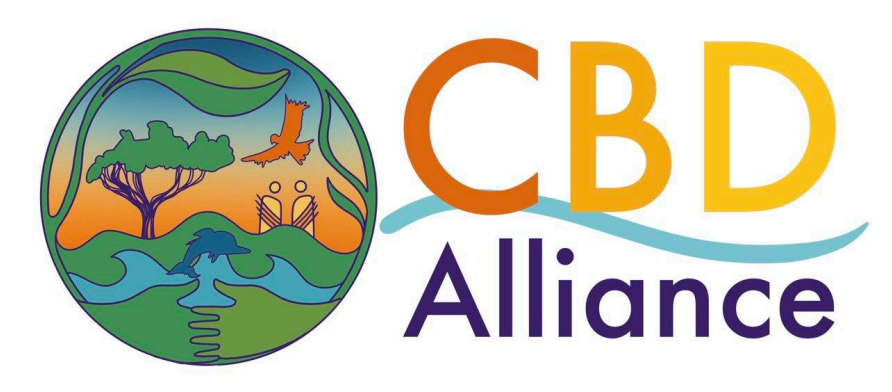Climate breakdown and biodiversity loss are two sides of the same crisis. As the climate heats, ecosystems collapse faster. This happens due to shifting rainfall patterns, more frequent extreme events disrupting ecosystems, degrading habitats, and exceeding species’ ability to adapt or migrate. Also the spread of devastating forest fires destroys biodiversity while accelerating global heating. As biodiversity is destroyed, the planet’s capacity to regulate the climate weakens.
Climate policies must not harm biodiversity
CBD Parties must ensure that no climate policy undermines biodiversity. The Convention should clearly warn the UNFCCC and national climate policy makers that biodiversity-harming measures will inevitably worsen climate disruption.
Offsetting policies are a clear example. The idea that ecosystems already under stress can act as carbon sinks for continued emissions is a dangerous illusion. Yet the draft CBD decision on climate and biodiversity leans heavily towards carbon offsetting. The CBD fails its vital role as the guardian of biodiversity and of warning the UNFCCC about the dangers of treating biodiversity merely as a carbon sink. Ultimately, it can’t be a sink if it is collapsing under the impacts of climate change.
“Nature-Based Solutions” (NbS) often reproduce the same problem. Particularly large-scale NBS projects predominantly centre on offsetting and monoculture tree plantations. They rely on chemicals, deplete water, increase fire risk, and displace communities—all for short-lived carbon storage. There are many examples of corporate NBS projects with no ecological value that are presented as “forest restoration”, such as planting monoculture tree plantations in the savannah. Yet, they serve to greenwash the corporation's operations.
Geoengineering: high risk, low accountability
Geoengineering proposals—such as solar radiation management, marine geoengineering, and large-scale carbon removal and storage projects —pose enormous ecological risks. However, there are many new open-air experiments ongoing or projected. This makes it essential for the CBD to reaffirm and strengthen the precautionary principle and ensure its climate geoengineering moratorium decisions are respected in the work of all the Rio Conventions.
Human rights and governance failures
Across offsets, plantations, and geoengineering schemes, one pattern repeats: disproportionate harm to Indigenous Peoples, local communities, and women. Land appropriation, criminalisation of resistance, and exclusion from decision-making are systemic. These are not side effects—they expose governance failure.
Human rights obligations in the GBF must be translated into binding regulations: secure land tenure, FPIC, gender justice, and direct support for community governance.
Aligning climate and biodiversity action
The CBD should do a systematic review of all climate policies being implemented, proposed or promoted by any international body, including the UNFCCC, UNEP, UNDP, the World Bank, the IMF, Development banks and others. If there are negative implications for biodiversity, this should be duly communicated, and where necessary, such policies need to be prohibited. At the national level, biodiversity policy makers should also raise red flags when climate policies threaten local biodiversity.
True solutions begin with reducing harm. Tackling the drivers—industrial agriculture, fossil fuels, extractivism, overconsumption, and financial systems built on endless growth—is indispensable. Protecting and restoring ecosystems can only succeed if these pressures are curtailed. The IPBES Transformative Change Assessment must guide implementation to break the destructive feedback between biodiversity loss and climate breakdown.
Read Friends of the Earth’s full report “Climate and Biodiversity in Freefall” here: www.foei.org/publication/climate-and-biodiversity-in-freefall
